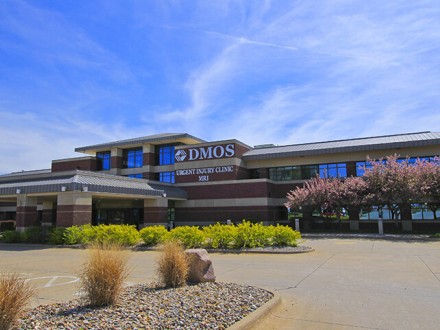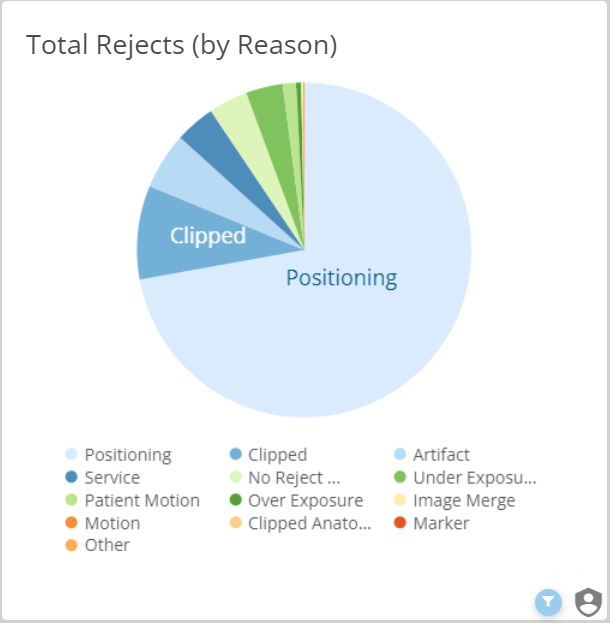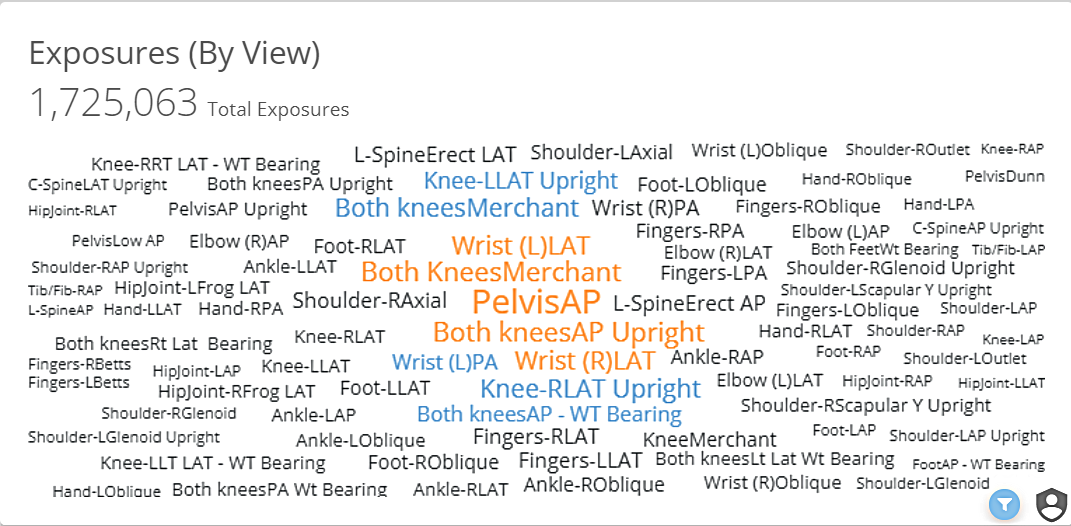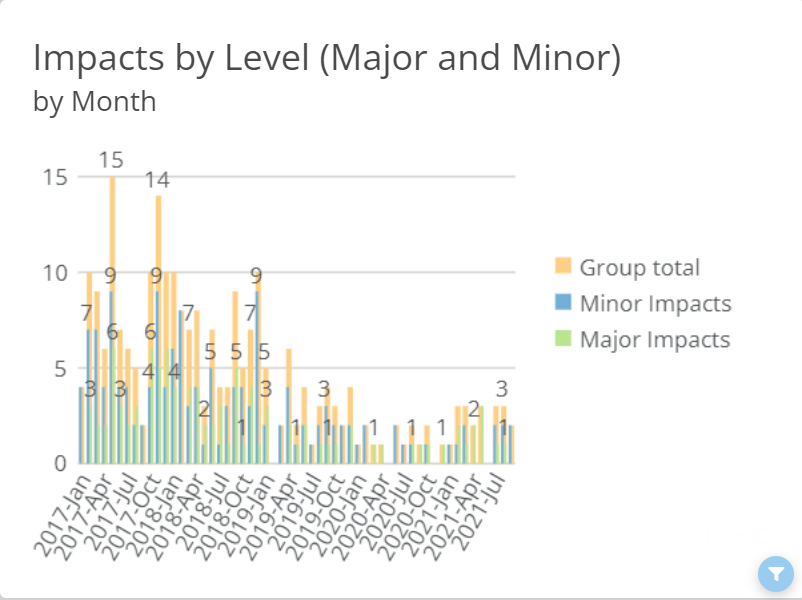Orthopedic Practice Uses Data Analytics Solution to Better Manage Imaging Services

As a leading orthopedic group in Des Moines, Iowa for the past 60 years, DMOS Orthopaedic Centers is committed to delivering excellence in patient care from the head to the toe. Part of this commitment includes a broad range of diagnostic imaging within its urgent injury clinics.
As a leading orthopedic group in Des Moines, Iowa for the past 60 years, DMOS Orthopaedic Centers is committed to delivering excellence in patient care from the head to the toe. Part of this commitment includes a broad range of diagnostic imaging within its urgent injury clinics.
“The AeroRemote Insights dashboards gives us instant access tools to manage our workflow
Since 2017, DMOS has been using AeroRemote® Insights from Konica Minolta Healthcare to help its PACS Administrator, Ron Peterson, and other imaging supervisors manage workflow, efficiency, imaging assets and staff. AeroRemote Insights automatically collects and aggregates X-ray system health and usage data with simple, analytical views that give Peterson the insight to make informed decisions to improve business and clinical operations and enhance the patient experience.
“The AeroRemote Insights dashboards gives us instant access tools to manage our workflow, prioritized by volume, and easily see what our practice is doing from an imaging standpoint,” Peterson says.
Peterson no longer dedicates a day each week to collecting data from each imaging system and then analyzing it. The data and the visuals are updated continuously, so all Peterson has to do is log in and view them. Now, with AeroRemote Insights, he just pulls up the dashboards and can quickly review system usage by exam type, image reject rates, exposure levels and room utilization to help him manage assets, assess staff productivity and training, monitor system health and minimize service interruptions.
“Some of this information I can find in our PACS, but I would need to build filters and worklists,” Peterson says. “And that would take me a lot longer than logging into AeroRemote Insights, where the data is right there and always updated.”
Making informed decisions
Peterson relies on three key dashboards to manage equipment and staff: exam reject rates, number of exams by system and exam exposures by view. Reject rates show him which technologists may be having more difficulty capturing the optimal patient exam, including by view and rejected image reason (e.g., positioning, artifact). It also allows him to identify which of the challenging exams are performed most frequently and where additional technologist training may be needed. Lower reject rates also lead to reduced patient X-ray exposure.
“We are all about trying to limit repeated exams and minimizing exposure to our patients,” Peterson adds. “Overall, having this data has definitely helped decrease our reject rates. We can really pinpoint where our techs are struggling and provide them with more education or training, or we may even identify an issue with the equipment.”


By reviewing total exposures, Peterson can evaluate productivity across many levels: technologist, system or imaging view. He can also use AeroRemote Insights to track referral patterns. For example, the practice is performing more of a specific exam type such as AP pelvic exams.
Total exams by location and system help Peterson manage his imaging assets. Each of the three centers have several imaging rooms with identical imaging equipment and he will often look at which room is getting the most usage. This data helps preserve equipment longevity and return on investment by balancing patient volume across the rooms and reducing overuse of one room, system, or even component. It also helps him budget for future equipment replacement needs.
“Overall, having this data has definitely helped decrease our reject rates.
The data from AeroRemote Insights can also highlight if there is an underlying issue with the equipment, whether it be a dropped DR panel, overdue system calibration or need for software upgrade. Using AeroRemote Insights dashboards, Peterson was able to identify an issue with the automatic exposure control on one of the X-ray systems that was leading to image quality issues with shoulder exams.


AeroRemote Insights also helped identify that the DR panel was being repeatedly dropped during a specific type of view – a merchant view of the knee, which is a superior-inferior projection of the patella. The patient lies supine on the table with their knees flexed 45 degrees, draped over a board, and with the panel placed on their ankles. This position may also be difficult for patients to tolerate and hold still.
With AeroRemote Insights, you can always get the information that you are looking for quickly
“We were able to educate our techs and also actually modified the merchant board to make it stronger and less flimsy,” Peterson says. “Our panel drops and impacts went down dramatically after that, from double digit drops (each month) to maybe one per month for this type of imaging exam.”
“With AeroRemote Insights, you can always get the information that you are looking for quickly,” Peterson says. “There are many ways within the software to get to the information that we want. It’s customized for us by Konica Minolta and saved right on our dashboard.”
Having the data analytics from AeroRemote Insights keeps Peterson and DMOS informed of the practice’s imaging services operations, without requiring time-consuming and cumbersome manual analyses of data from PACS or each imaging system. Armed with this information, the team at DMOS stays more focused on delivering excellence in patient care.
For more information see the AreoRemote Insights product page.
